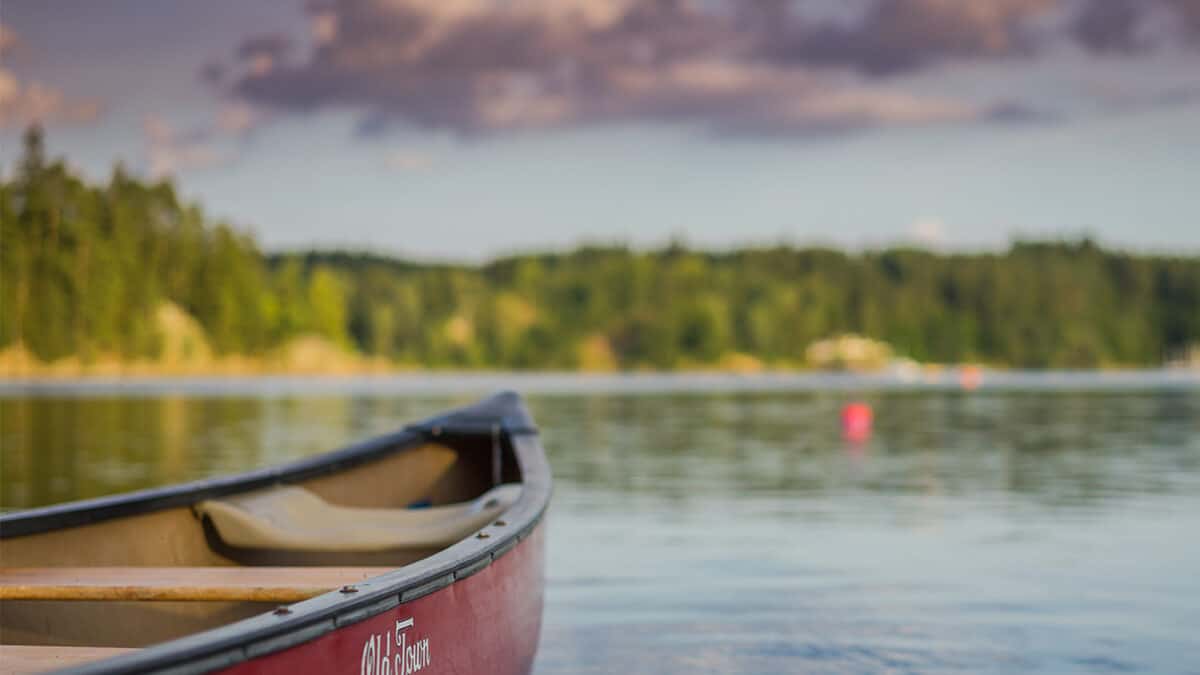
 Boats have been around for thousands of years and in this new series – Sean’s Ultimate Ship, we’re going to be looking at some of the most amazing ones!
Boats have been around for thousands of years and in this new series – Sean’s Ultimate Ship, we’re going to be looking at some of the most amazing ones!
Early boat designers found that you could only build a canoe to a certain size – mainly the length of the tree trunk they had! But if you added planks of wood, you could raise the edges of a canoe. And with wooden struts to hold them in place, our primitive boat builder was on the way towards having the only design of wooden boat capable of being built on a large scale.
A large wooden vessel is one with a keel to which a ribbed frame is attached – much as animal ribs curve outwards from a backbone. Planks of wood are then attached to these ribs, either in an overlapping style (known as ‘clinker-built’) or fastened edge-to-edge (‘carvel-built’). This remained the basic design for large boats until the gradual introduction of metal hulls in the 19th century.
One of the earliest known planked boat is one built by the Ancient Egyptians and which was found buried beside a pyramid at Giza. It was built around the year 2,500 BC using planks of cedar wood, and is 44m long and 6m wide.
For protection, and to help defeat their enemies, the Romans often added a a bronze beak beneath the prow, below water level, to ram other people’s boats with. And protected themselves from being rammed by having belts of metal around their boats – an early form of armour perhaps!
Now speed was quite key in a battle, and the only way of increasing speed was by having more oarsmen. This could be achieved by having a much longer boat (although having too long a boat created structural weaknesses – and not so easy to park), or by adding floors.
 Around 700 years BC, the Phoenicians were using two floors (or ‘banks’), one above the other, in a vessel known as the ‘bireme’. This was taken one step further by the Greeks who introduced a third floor to create a ‘trireme’ for that little extra vrooom!
Around 700 years BC, the Phoenicians were using two floors (or ‘banks’), one above the other, in a vessel known as the ‘bireme’. This was taken one step further by the Greeks who introduced a third floor to create a ‘trireme’ for that little extra vrooom!
But oars weren’t everything, and from the 7th century AD, as well as rowers, boat designers started to add a mast near the centre of the boat and a rectangular sail. This was typical of the Viking Longboats which were used on their raids across the North Sea and up the rivers of Britain and Ireland. And if you look at the Bayeux Tapestry, you’ll see that William the Conqueror and the Normans used a similar style of boat in the 11th century, although by then they had added a small fortified platform for archers at each end.
> Visit Sean’s Ultimate Ship’s homepage
> Download the free podcast from iTunes
Sean’s Ships
How do ships work and why are there so many routes? Sean's exploring the history and science behind ships and international trade!
More From Sean’s Ships



